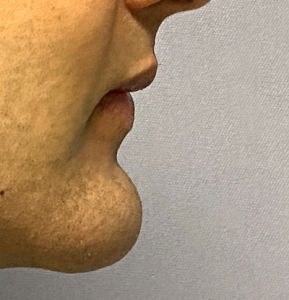The most common form of lip augmentation is injectable fillers and typical aesthetic reason for doing so is for bigger or more full lips. Far more lip augmentations are done on the upper lip than the lower lip due to the frequent occurrence of the lower lip being bigger. Such size matches are based on how the lips appear frontally where the full length and size of the upper and lower lips is seen.



Dr. Barry Eppley
World-Renowned Plastic Surgeon





